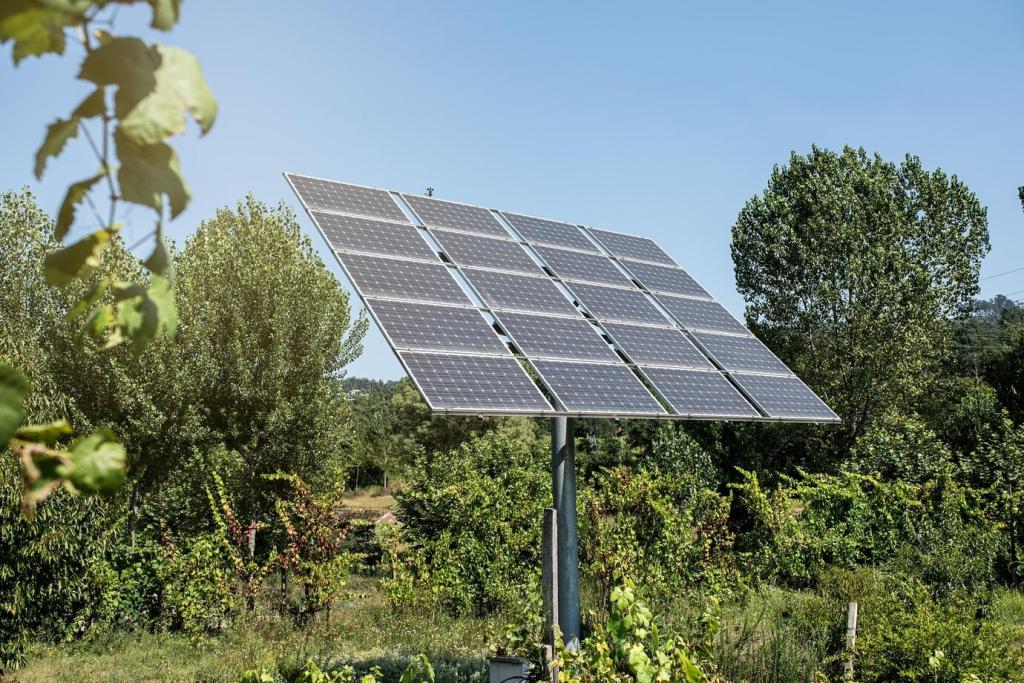
Building Lightly: Low-Impact Techniques for Homes That Belong to Their Place
Selected theme: Low-Impact Building Techniques. Welcome to a home page devoted to designing and constructing buildings that tread softly on the planet, feel great to live in, and leave room for future generations to thrive.
Principles That Keep Footprints Small
A project in Dorset cut embodied carbon by 38% simply by swapping concrete slabs for timber cassettes. Start by tallying the carbon of your structure, finishes, and services, then compare options. Tell us which tools you use and what numbers surprise you most.
Principles That Keep Footprints Small
Homes that stay comfortable without gadgets are the heart of low-impact building. Orient for winter sun, shade for summer, and ventilate smartly. Mechanical systems should fine-tune, not rescue. Comment with your favorite passive move that paid off through a heatwave.


Materials That Tread Softly
Straw Bale Walls with Warm Character
On a windy plain, straw bale walls delivered quiet, steady warmth and astonishingly low embodied energy. Plastered with lime, they breathe and buffer humidity. Would you try straw in your climate? Subscribe for our upcoming detail drawings and contractor checklists.
Hempcrete for Carbon-Storing Envelopes
A cottage built with hemp-lime locked biogenic carbon while smoothing temperature swings. It does not carry loads but pairs wonderfully with timber frames. Share your curing tips and we’ll compile the community’s best practices into a field-ready guide.
Reclaimed Timber and Recycled Steel
Salvaged joists and recycled steel reduced waste and gave a new studio a storied patina. With careful grading and documentation, structure and sustainability can align. Tell us where you find reliable salvage sources in your region to grow our shared map.
Working with the Land, Not Against It
Screw piles and pier footings skipped massive excavation on a clay site, keeping tree roots safe and runoff clean. They also allowed disassembly later. If you’ve tested soil to choose a lighter foundation, drop your lessons learned for newcomers.
Comfort with Tiny Energy Bills
A taped membrane and careful transitions delivered excellent airtightness, while a heat-recovery ventilator kept indoor air simple and sweet. Post your favorite blower-door tips, and we’ll compile a reader-tested prep list for airtight success.


Comfort with Tiny Energy Bills
Dense-pack cellulose paired with interior earthen plasters stabilized temperatures during shoulder seasons. The result felt like living inside a steady woodland. What assemblies have given you that quiet, even comfort with minimal energy inputs?
Construction Practices that Care
Quiet Tools and Neighborly Schedules
Swapping diesel generators for battery tools and scheduling loud work thoughtfully kept peace with neighbors and wildlife. A calmer site fosters better craftsmanship. What agreements did you make with your community during construction?
Prefab and Modular Efficiency
Factory-built panels reduced waste, improved precision, and cut site time by weeks. One crew raised a weather-tight shell in two rainy days. Subscribe for our upcoming guide to selecting prefab partners for low-impact assemblies.
Waste Sorting and On-Site Reuse
Dedicated bins, a cut list, and a reuse corner turned scrap into shelving, blocking, and jigs. The landfill skip stayed half-empty. Share your favorite reuse hacks and we’ll feature them in a community photo roundup.
Design for Disassembly and Long Life
Screws and clips let finishes and services be swapped without dust or waste. One homeowner updated a kitchen in a weekend, reusing panels without damage. What reversible details have saved you time and materials?
A simple spreadsheet tracked products, sources, and end-of-life paths, turning future renovations into responsible choices. Post-occupancy, this living document guided repairs efficiently. Would you use a shared template if we publish one next week?
A cooperative scheduled seasonal checkups with tea, tools, and laughter, catching tiny issues before they grew. Low-impact is a habit, not a headline. Share your maintenance calendar and help others copy what works.


Open-House Learning
A Saturday tour of a straw-and-timber home turned skeptics into fans after they touched cool lime plaster on a hot day. Would you host a walkthrough to spread practical knowledge and gather feedback?

Navigating Codes with Evidence
Energy models, moisture analyses, and third-party certifications gave officials confidence and sped approvals. Share which documents unlocked your permits, and we’ll build a crowd-sourced checklist for low-impact submissions.

Sharing Post-Occupancy Data
Publishing real energy use, comfort surveys, and maintenance notes helps others refine designs and avoid missteps. Subscribe to receive our template for transparent, privacy-safe reporting that advances low-impact practice.
